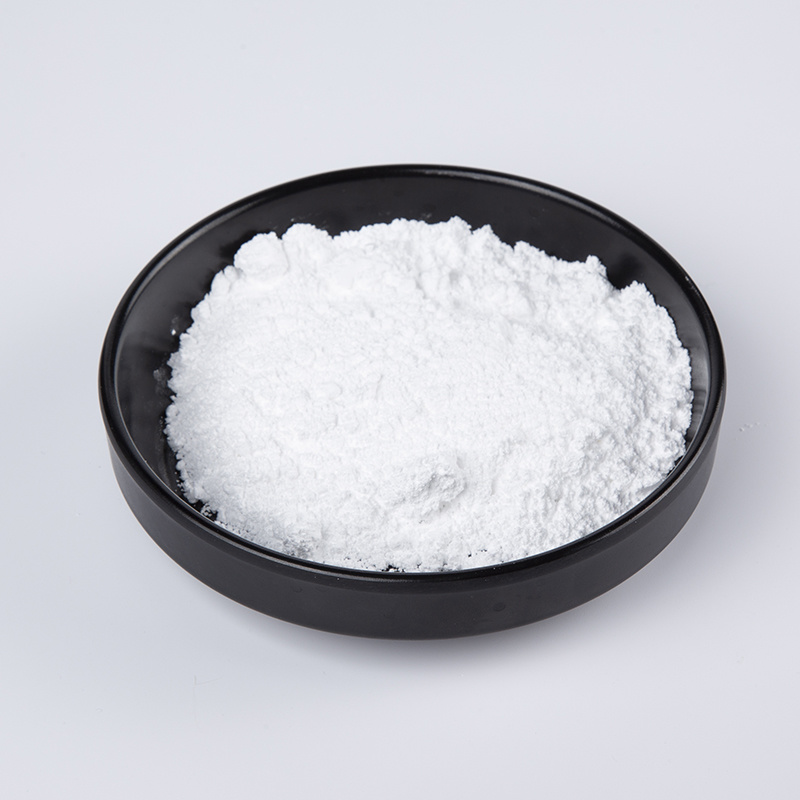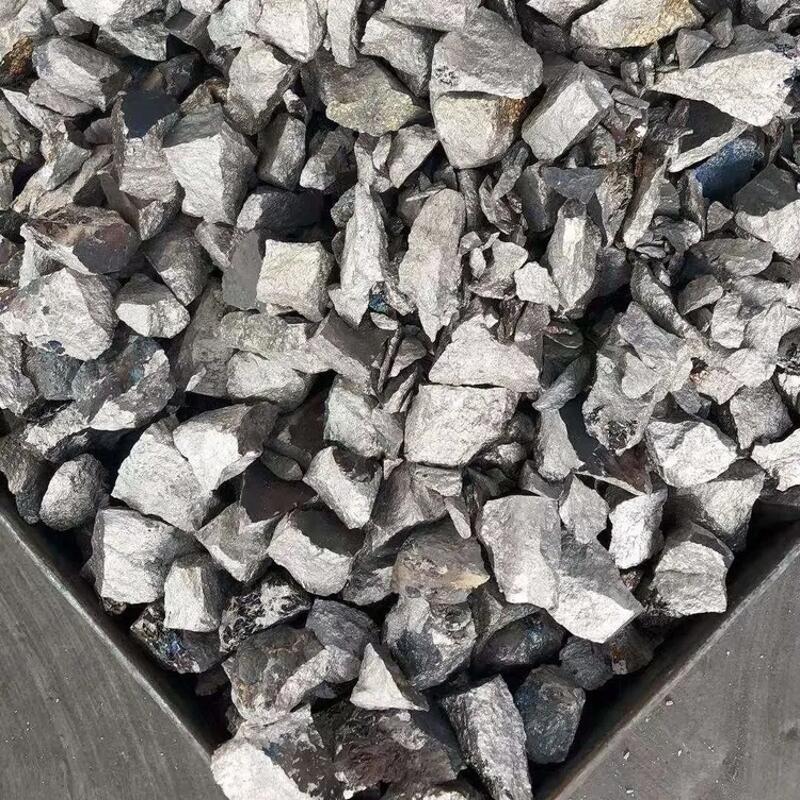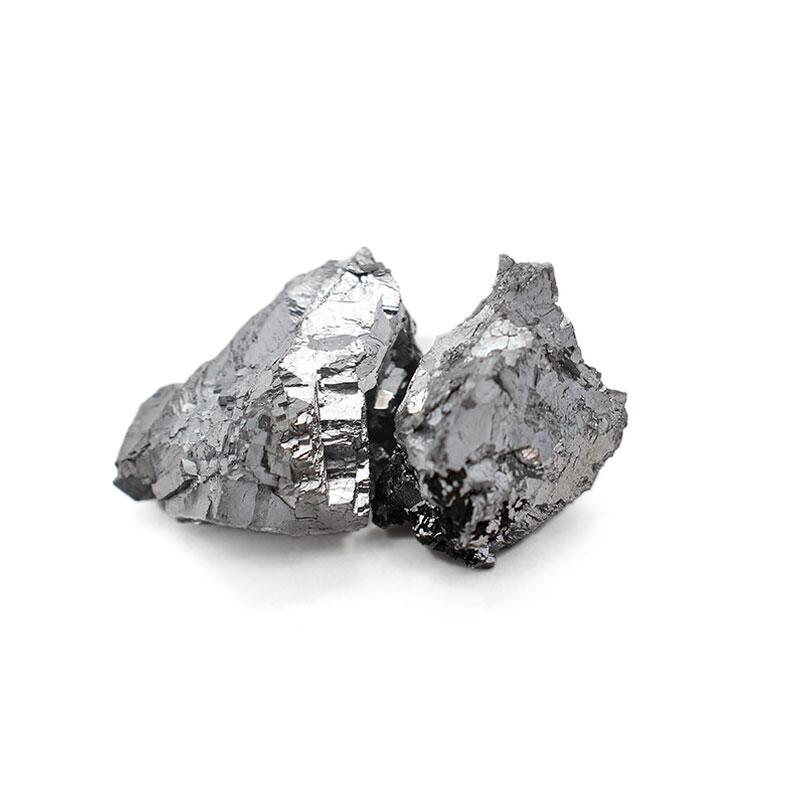-
Categories
-
Pharmaceutical Intermediates
-
Active Pharmaceutical Ingredients
-
Food Additives
- Industrial Coatings
- Agrochemicals
- Dyes and Pigments
- Surfactant
- Flavors and Fragrances
- Chemical Reagents
- Catalyst and Auxiliary
- Natural Products
- Inorganic Chemistry
-
Organic Chemistry
-
Biochemical Engineering
- Analytical Chemistry
-
Cosmetic Ingredient
- Water Treatment Chemical
-
Pharmaceutical Intermediates
Promotion
ECHEMI Mall
Wholesale
Weekly Price
Exhibition
News
-
Trade Service
1,1′′-(1-Methylethylidene)bis[ethylferrocene], also known as MEB, is an important intermediate chemical in the chemical industry.
As an intermediate chemical, MEB is used to produce a variety of downstream products, which are ultimately used in a wide range of applications, from consumer goods to industrial processes.
In this article, we will take a closer look at MEB and its upstream and downstream products in the chemical industry.
Upstream Products of MEB
One of the upstream products of MEB is ferrocene, which is an important catalyst in the production of a variety of chemicals.
Ferrocene is also used in the production of other metallocene derivatives, which are used in a variety of applications, including the production of polymers, electronic materials, and lubricants.
MEB is synthesized from ferrocene by a series of chemical reactions, which involve the addition of methyl groups to the ferrocene molecule.
Another upstream product of MEB is ethylene, which is a raw material for the production of a variety of downstream chemicals.
Ethylene is used in the production of polyethylene, which is a common plastic used in a variety of applications, including packaging, containers, and piping.
MEB is used in the production of ethylene by a process known as cracking, which involves breaking down larger molecules into smaller ones to produce ethylene and other downstream products.
Downstream Products of MEB
One of the most important downstream products of MEB is polyethylene, which is produced by the chemical reaction of ethylene and a catalyst.
Polyethylene is a versatile plastic that is used in a wide range of applications, including packaging, containers, piping, and consumer goods.
MEB is used in the production of polyethylene by catalyzing the reaction between ethylene and a catalyst, which produces the desired plastic.
Another important downstream product of MEB is Polypropylene, which is a synthetic polymer used in a variety of applications such as packaging, containers, and textiles.
MEB is used as a catalyst in the production of polypropylene by polymerization of propylene.
Other downstream products of MEB include lubricants, electronic materials, and additives for the production of fuels.
MEB is used as an intermediate in the production of these products, and its unique properties as a catalyst help to improve the efficiency and effectiveness of the production process.
Applications of MEB and its Downstream Products
The applications of MEB and its downstream products are wide and varied.
Polyethylene and polypropylene, for example, are used in a variety of consumer goods, including packaging, containers, and textiles.
These plastics are also used in industrial processes, such as piping and construction materials.
Lubricants and electronic materials are used in a variety of applications, including the production of automobiles, machinery, and electronic devices.
MEB and its derivatives are used in the production of these lubricants and electronic materials, which help to improve the efficiency and effectiveness of these products.
Fuel additives are also produced using MEB and its derivatives, these additives are used to improve the efficiency and performance of fuels, such as gasoline and diesel.
In conclusion, MEB is an important intermediate chemical that is used to produce a variety of downstream products in the chemical industry.
These products, including polyethylene, polypropylene, lubricants, electronic materials, and fuel additives, are used in a wide range of applications, including consumer goods, industrial processes, and transportation.
The unique properties of MEB as a catalyst make it an important component in the production of these products, and its use is expected to continue to grow in the future.







